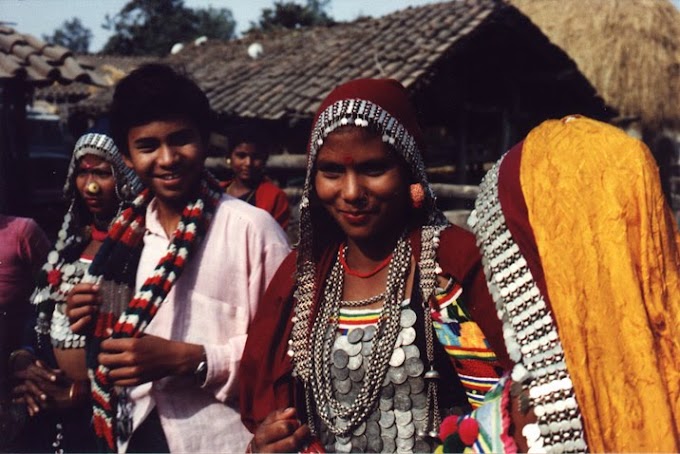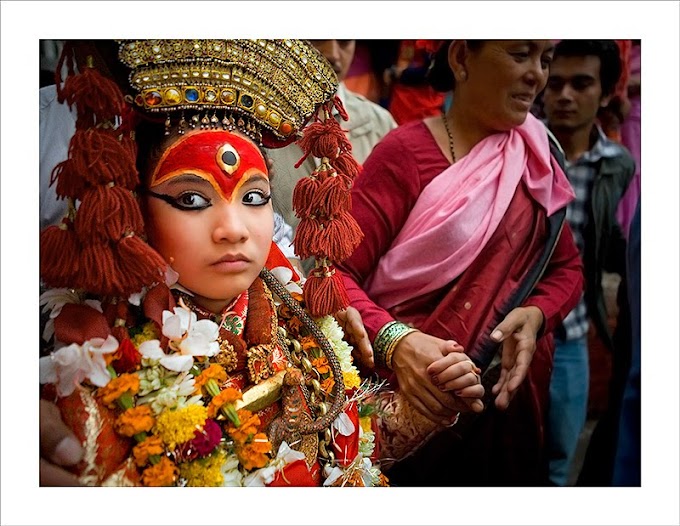Dang is the most developed district and commercial center of Rapti Zone. Originally the zonal capital used to be in Dang. Ghorahi and Tulsipur are the main commercial hubs for whole Rapti zone. Because this district has two wide, low elevation Inner Tarai valleys it has better transportation and communication facilities than the four other districts of Rapti Zone (Pyuthan, Salyan, Rolpa and Rukkum).The two inner terai valleys making up most of Dang District are called Dang and Deukhuri. If one were to travel north from the edge of the Indo-Gangeatic Plain at Nepal's border with India, one would first climb gradually through a forested alluvial belt, then more steeply to about 1,000 meters to cross one branch of the Siwalik Range.
Descending less steeply down the northern side, the agricultural Deukhuri Valley would be traversed for about ten kilometers, crossing the westward-flowing Rapti River and Nepal's main east-west highway.At the northern edge of Deukhuri valley a second, slightly higher branch of the Siwalik Range would be crossed, then Dang Valley would be reached and traversed for 15 or 20 kilometers. Dang is about a hundred meters higher than Deukhuri and is drained to the west by the Babai. Several spur roads from the east-west highway cross the hills into Dang, which is the more populated and developed of the two valleys.Finally from the northern edge of Dang Valley there would be a steep 1,500 meter climb to the crest of theMahabharat Lekh that is the northern border of Dang where the hill districts Pyuthan, Rolpa and Sallyan begin.
Dang valley is drained by the Babai River. Like the Rapti, the Babai is constrained by subranges of the Siwaliks to flow west more than 100 km until these ranges give way and allow it to follow the general SE gradient of the Gangetic Plain.
Once Dang was voted for the best place to live according to the climate.






